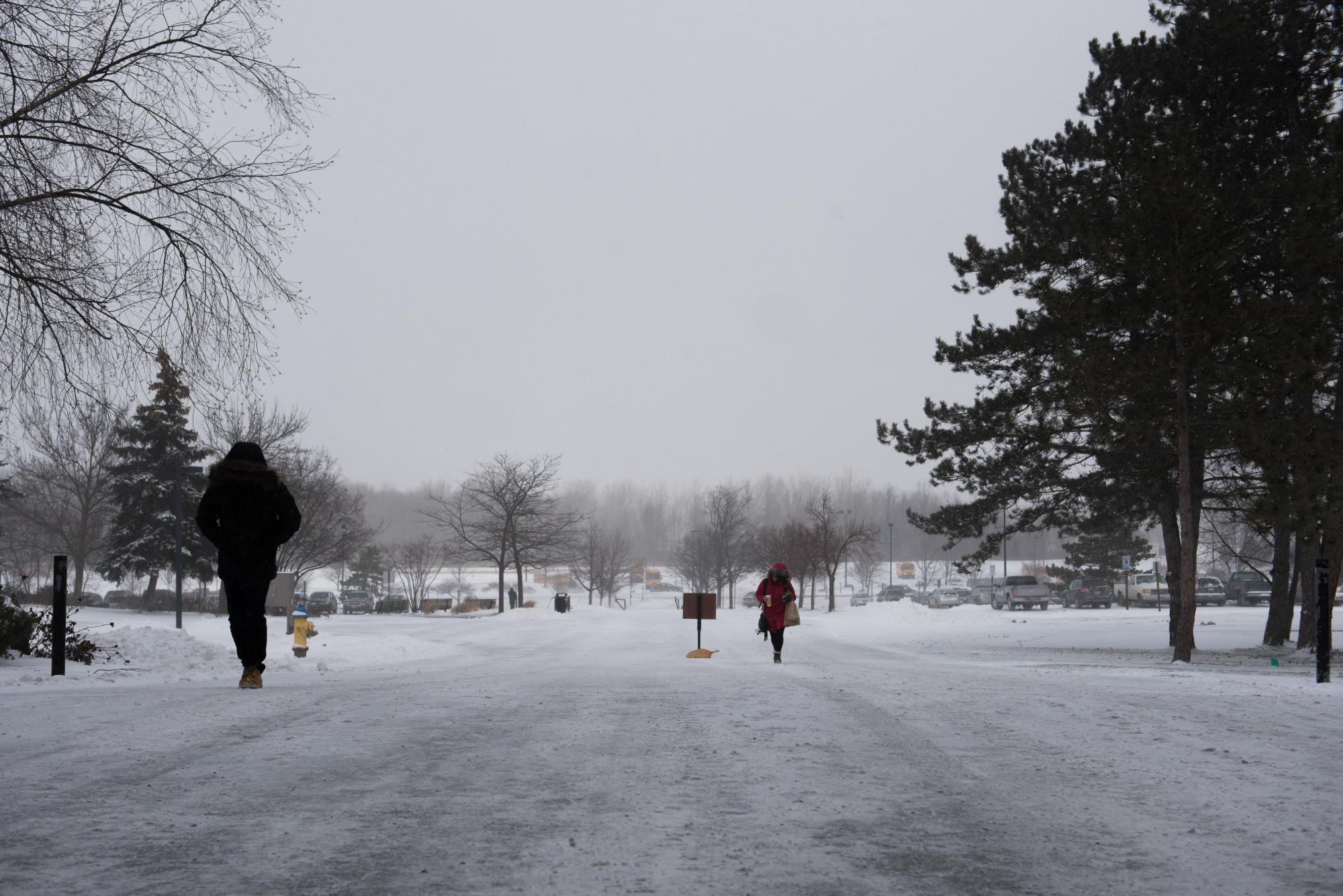How To Not Die This Winter: A Guide
by Kevin Zampieron | published Feb. 17th, 2016
Fun fact: winter is cold. Unless we really pick up the pace on that global warming thing, winter will continue to be cold for the foreseeable future. As long as Rochester remains the frigid city we know and love, winter’s least appealing aspects will be something we all have to tolerate. Beyond the annoyances of runny noses and bulky coats, though, winter can be pretty dangerous.
Not everyone seems to be acquainted with this idea, however. For some students, Rochester is their first significant experience with serious winter conditions. Others may have experience with winter but not with the blisteringly cold hellscape that is Western New York. In any case, we could all brush up on our winter safety. Better safe than sorry.
Easily the most dangerous part of traveling in winter is driving. According to researchers at the University of Georgia, over 800 people die every year in America from winter-related motor vehicle accidents. Western New York in particular was found to have “higher-than-expected number of deaths.” It’s nice to be known for something.
"The best way to avoid a dangerous or deadly commute is to prepare ahead of time," says Dave Armanini, the Environmental Health & Safety Director at RIT. “Give yourself enough time in the morning. Scrape your windows, clear your car of all snow and warm up your engine before you even leave your driveway. It'll keep you and everyone else on the road safe."
You’d think covering up in the stupidly cold weather would be a no-brainer, but any walk on the quarter mile reveals there is a contingent of people who think cargo shorts are sufficient protection from the elements.
“Some people underestimate the hazards of winter,” says Lynn B. Daley, Director of Business Continuity at RIT. "People think they're invulnerable."
Bare legs aside, people make poor decisions on their winter wardrobe more often than they think. Be it for convenience or vanity, people will often skimp on appropriate winter wear like scarves, gloves and hats.

Subzero temperatures can cause frostbite within minutes on unprotected skin. It doesn’t help that RIT is a college/wind tunnel hybrid. So keep your skin unbitten, happy and wear that extra garment, even if it’s a pain.
Campus is pretty big; clearing every square inch of ice and snow is a virtually impossible task. If you do find yourself on ice, Armanini recommends walking like a penguin; that is, slowly shuffling and waddling to keep a stable center of gravity with your hands out and ready for a fall.
“We try to get around campus and make sure there are no hazardous conditions like that, but if anyone recognizes [unsafe conditions], we’re really counting on them,” Armanini says. Armanini also stressed the importance of reporting any slips or unsafe walkways you may encounter. “A lot of people will slip and not tell anyone about it,” he continued. While you may not have slipped, it’s entirely plausible that someone not as blessed with your level of equilibrium could have a serious fall. So, if you see something — or slip on something — say something. It could save someone’s tailbone.
Winter doesn’t have to suck, even in Rochester. With enough warm clothes, preparation and common sense, you can easily stay safe. Or, you could be the guy walking around in shorts that everyone judges. It’s your call.


